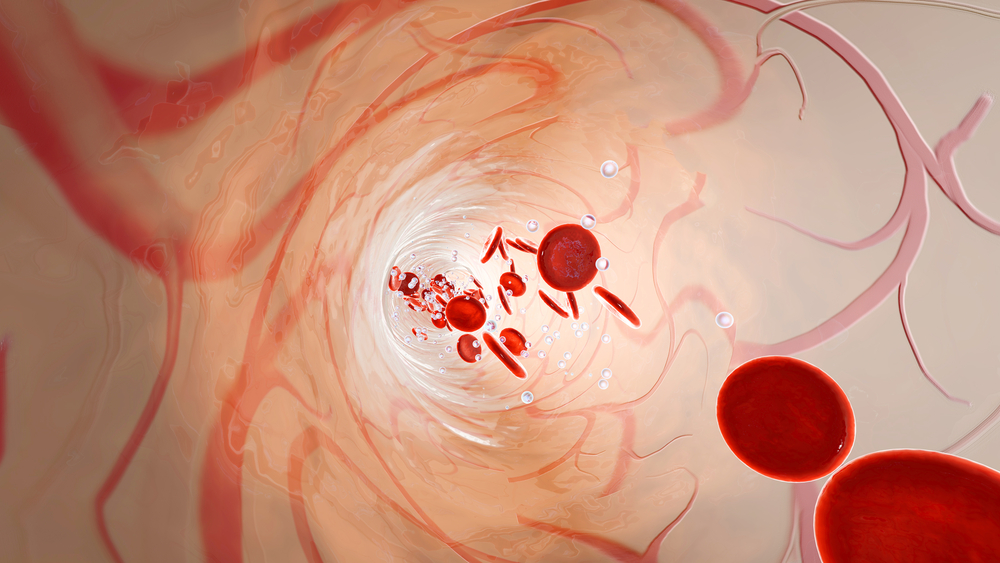Study Finds Risk Factors for AIHA Following Stem Cell Transplant
Written by |

Immune rejection and half-matched donors are risk factors for developing autoimmune hemolytic anemia (AIHA) following blood cancer-treating stem cell transplants, a study found.
Titled “Autoimmune hemolytic anemia after allogeneic hematopoietic stem cell transplantation in adults: A southern China multicenter experience,” the study was published in the journal Cancer Medicine.
AIHA — which includes the subtype cold agglutinin disease (CAD) — is a rare disorder that occurs when the immune system attacks the body’s own red blood cells. It can develop after a hematopoietic stem cell transplant (HSCT), a procedure that aims to “reset” the immune system by repopulating it with cells from a donor. HSCT can be an effective treatment for blood cancers and other conditions.
Researchers now wanted to better understand how common it is for AIHA to develop after HSCT. They also sought to determine what the risk factors are, and what treatments for AIHA have the best results. To do so, the investigators reviewed medical records for 1,377 people — 752 males, 625 females; median age 30 years — who received HSCT to treat leukemia at one of three hospitals in China between 2011 and 2016.
In total, 26 people in the study population developed AIHA. The three-year incidence rate was 2.2%.
Using statistical models, the researchers found two significant risk factors for AIHA. The first is chronic graft versus host disease (cGVHD), a condition in which the body’s immune system rejects tissue that has been transplanted into it. cGVHD affected 69% of those who developed AIHA and 43% of those who didn’t.
The second risk factor was receiving a haploidentical transplant. In simplest terms, this is when the transplant donor matches the recipient for exactly half of a particular type of cellular marker. For genetic reasons, this usually means that a transplant is coming from a close biological relative, usually a parent or sibling. The three-year incidence of AIHA among people who received this type of transplant was 6.3%; for other types of transplant, it was less than 2%.
Of the 26 AIHA patients, 25 were treated for the condition and one died. Among the 25 people treated, 10 received corticosteroids alone, and 15 were given corticosteroids in combination with cyclosporine, which works with other medicines to prevent the body from rejecting a transplanted organ. The complete response rates for these two treatment types were 11.1% and 66.7% — a significant difference that suggests that adding cyclosporine may lead to better treatment outcomes.
“In conclusion,” the researchers said, “our results suggest that [haploidentical] transplants and cGVHD are risk factors for AIHA and corticosteroids combined with [cyclosporine] are superior to corticosteroids as initial treatment for AIHA.”




